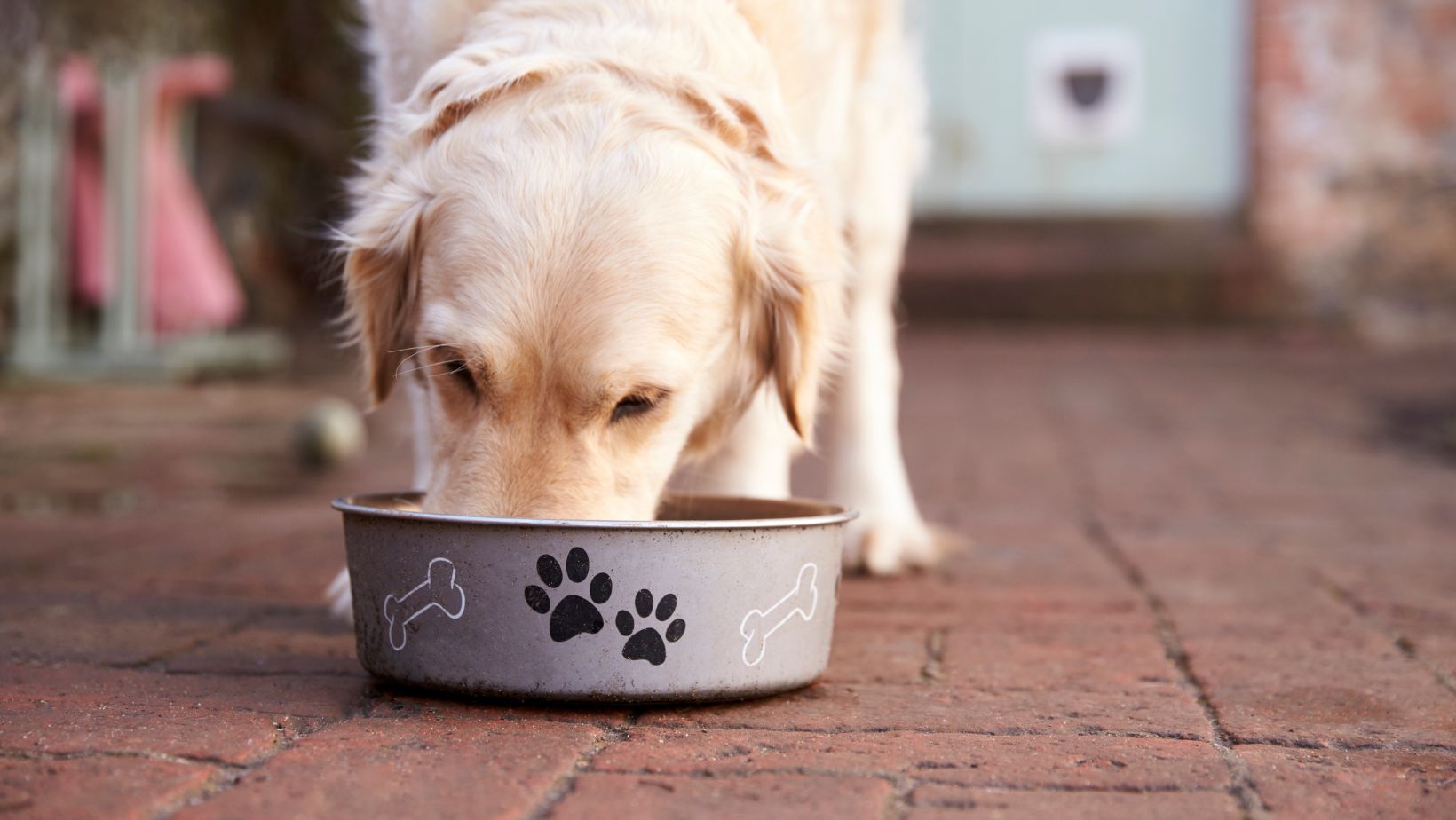How to Stop Food Aggression in Puppies
If you’re a proud owner of a Labrador puppy and are experiencing issues with food aggression, don’t worry – you’re not alone. Many puppies exhibit this behaviour, but it’s important to address it early on to prevent any potential problems down the line. In this article, I’ll share some effective strategies on how to stop food aggression in Labrador puppies.
Food aggression can manifest as growling, snarling, or even biting when your puppy is eating or near their food bowl. It’s essential to address this behaviour promptly to ensure a safe and harmonious environment for both you and your furry friend.
Firstly, establish yourself as the pack leader by setting clear boundaries and rules. This means controlling access to resources such as food. Begin by hand-feeding your Labrador puppy small amounts of kibble from their bowl while gradually increasing the amount over time. By hand-feeding them directly, you establish trust and reinforce that you control their access to food.
Additionally, teach your puppy basic obedience commands such as “sit” and “stay” before mealtime. Use positive reinforcement techniques like treats or praise when they obey these commands correctly. This helps them understand that good behavior is rewarded and reinforces your role as the leader.
Remember, consistency is key when addressing food aggression in Labrador puppies. Be patient and persistent in implementing these strategies, and soon enough, you’ll notice significant improvements in their behaviour around mealtimes.
Understanding Food Aggression in Puppies
Food aggression is a common behavioural issue that can arise in puppies, including Labradors. It’s important for pet owners to understand this behaviour and take appropriate steps to address it. In this section, we’ll explore the signs of food aggression, the underlying causes, and how to create a positive feeding environment for your puppy.
Recognizing the Signs of Food Aggression
Identifying the signs of food aggression is crucial in addressing the issue effectively. Here are some common indicators that your Labrador puppy may be displaying food aggression:
- Growling or snarling: Your puppy may growl or snarl when approached while eating.
- Stiff body language: Watch out for tense muscles and rigid posture during mealtime.
- Protecting their food: If your puppy shows possessive behaviour over their food bowl or treats by hovering over it or snapping at anyone who comes near, it could be a sign of food aggression.
- Resource guarding: Your puppy might become defensive if someone tries to take away their food or toys.
It’s essential not to ignore these warning signs as they can escalate if left unaddressed.
Understanding the Causes of Food Aggression
To effectively tackle food aggression in puppies, it’s necessary to delve into its root causes. Some potential factors contributing to this behaviour include:
- Instinctual survival instinct: Dogs have an innate instinct to protect their resources, including food, which can manifest as aggressive behaviour.
- Lack of socialisation: Insufficient exposure to different people, animals, and environments during early development stages may lead to fear-based reactions around food.
- Previous negative experiences: Traumatic encounters related to feeding time in a puppy’s past could trigger defensive behaviours.
- Inconsistent or improper training methods: Inadequate training techniques that reinforce possessiveness instead of promoting positive interactions during mealtime can contribute to food aggression.
By understanding the underlying causes, you can tailor your approach to address them effectively.
Creating a Positive Feeding Environment
Establishing a positive feeding environment is crucial for managing and preventing food aggression in puppies. Here are some tips to help create a harmonious mealtime routine:
- Consistency: Establish a consistent feeding schedule that includes regular mealtimes and avoids free-feeding.
- Separation: Feed your puppy in a quiet area where they won’t be disturbed by other pets or distractions.
- Positive associations: Use positive reinforcement techniques like praise, treats, or toys during mealtime to associate pleasant experiences with eating.
- Gradual desensitisation: Gradually introduce gentle handling around your puppy’s food bowl or treats, rewarding them for remaining calm and relaxed.
- Professional guidance: If the behaviour persists or worsens despite your efforts, seek guidance from a professional dog trainer or behaviourist who specialises in aggression issues.
Remember that addressing food aggression requires patience, consistency, and understanding of your puppy’s needs. With proper training and management techniques, you can help your Labrador overcome this behaviour and create a safe and enjoyable mealtime experience.
